Old Ways in the New World
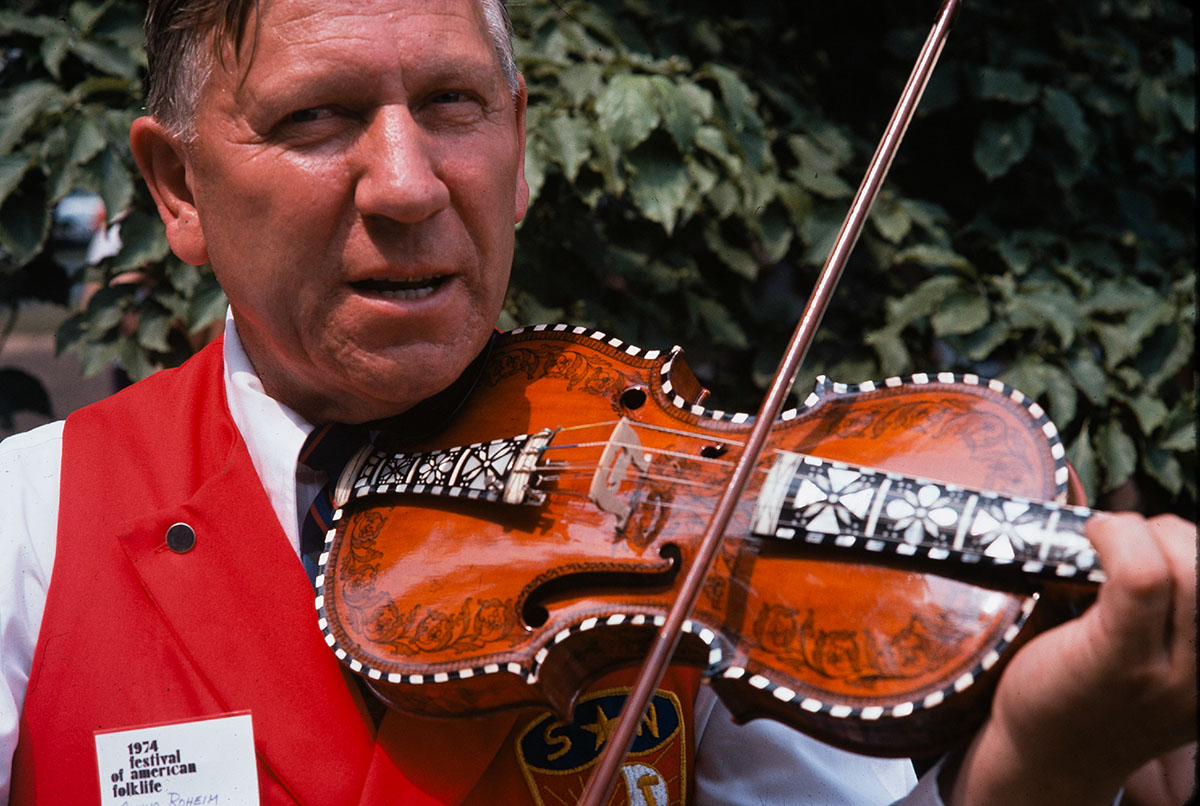
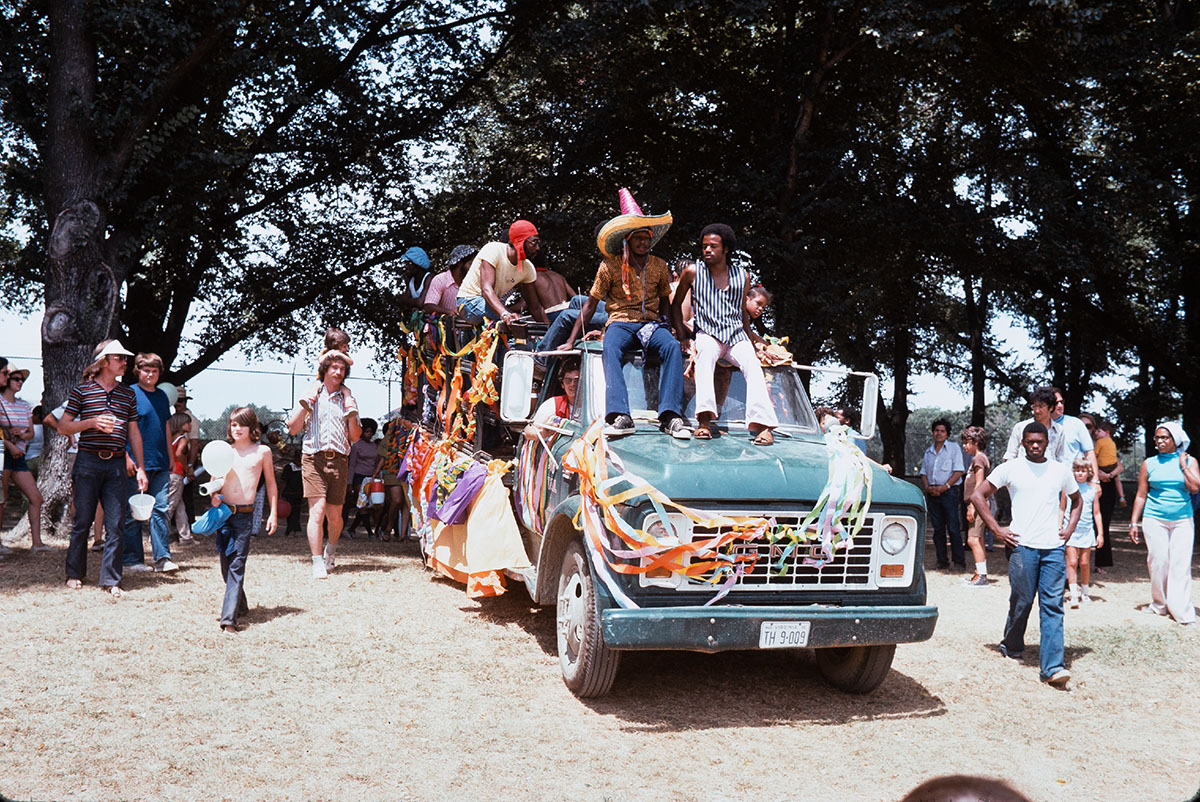

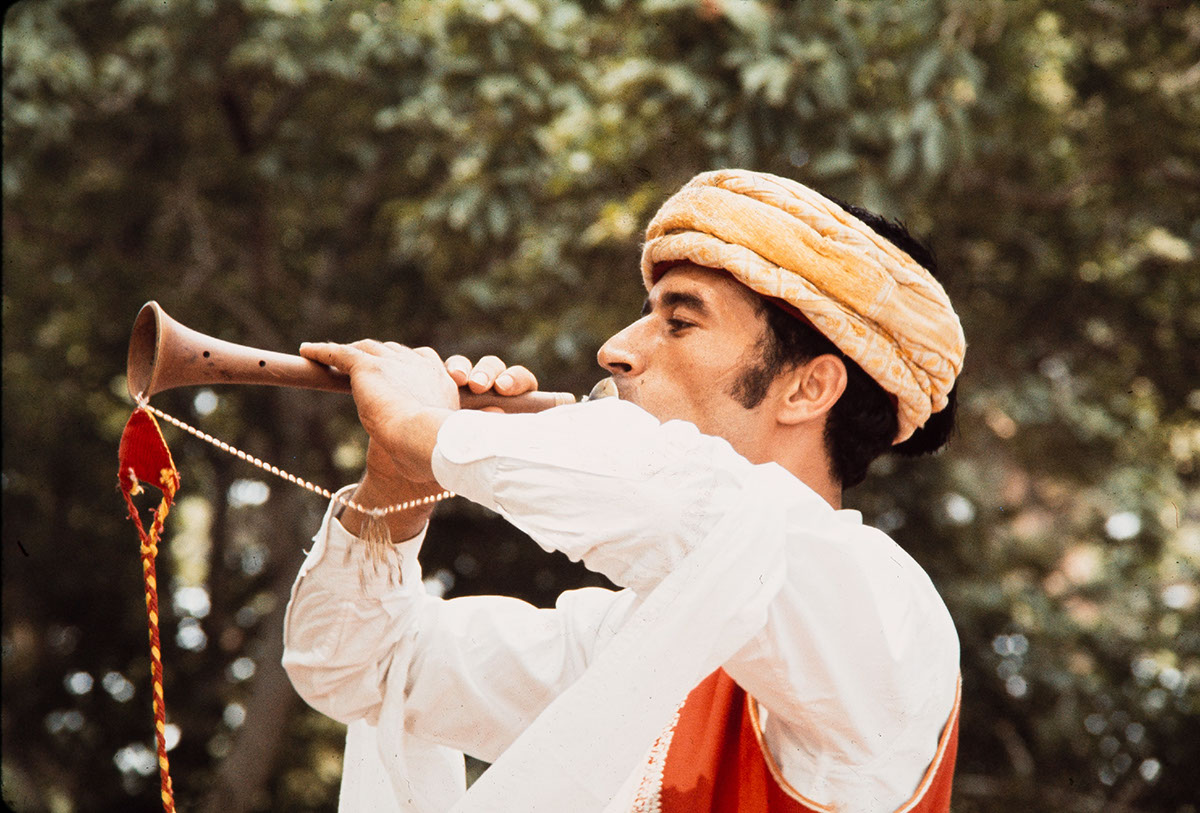
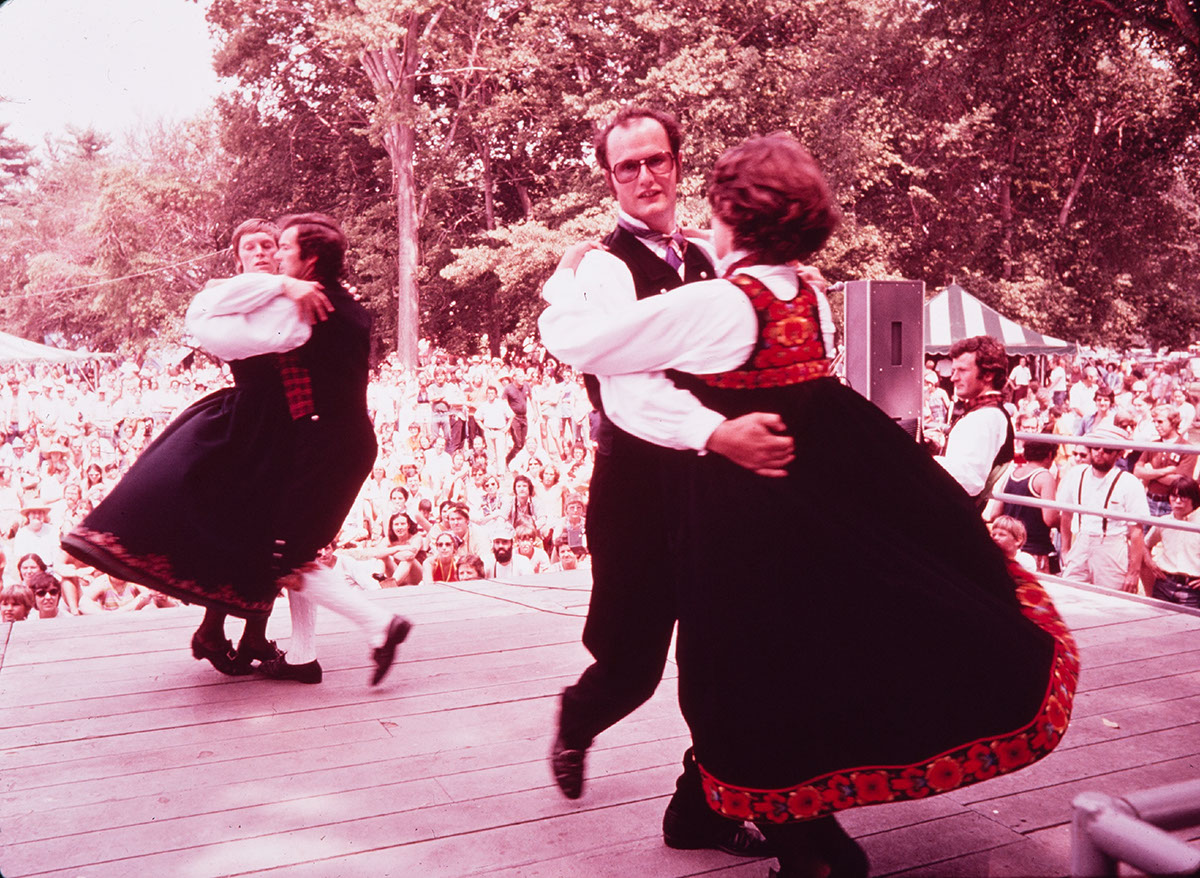
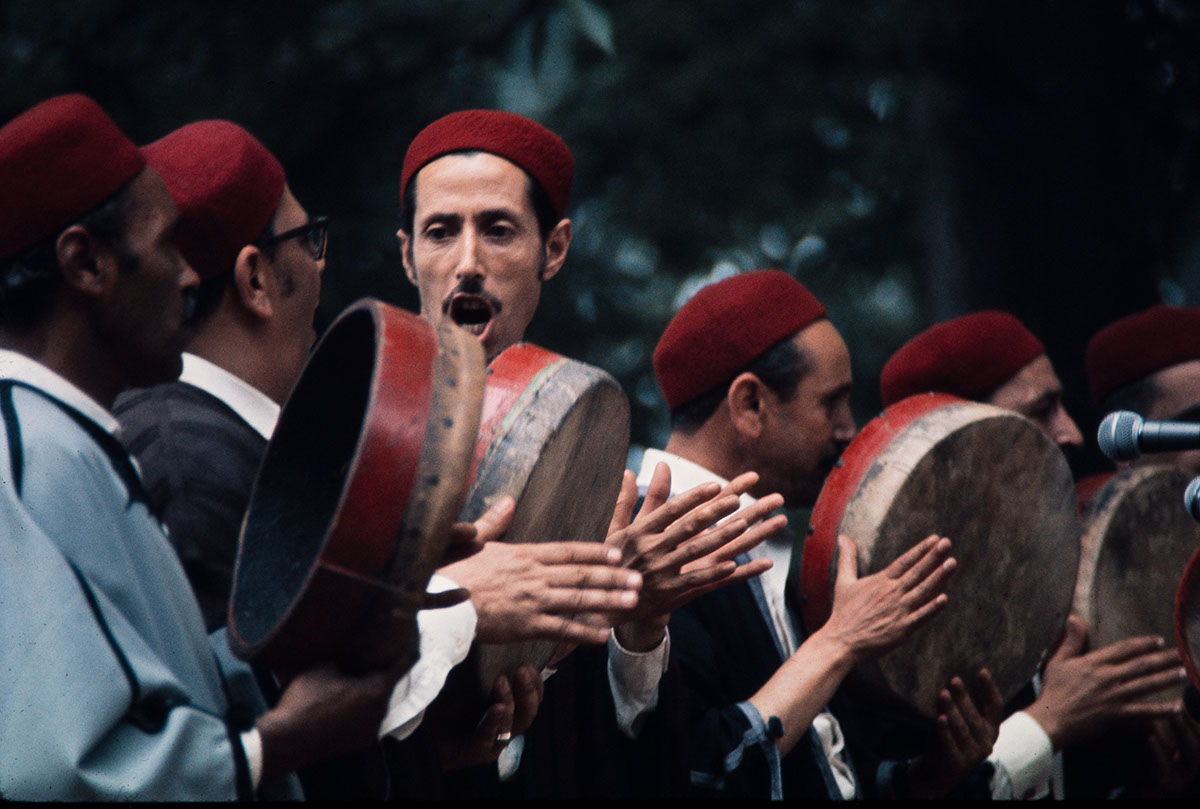
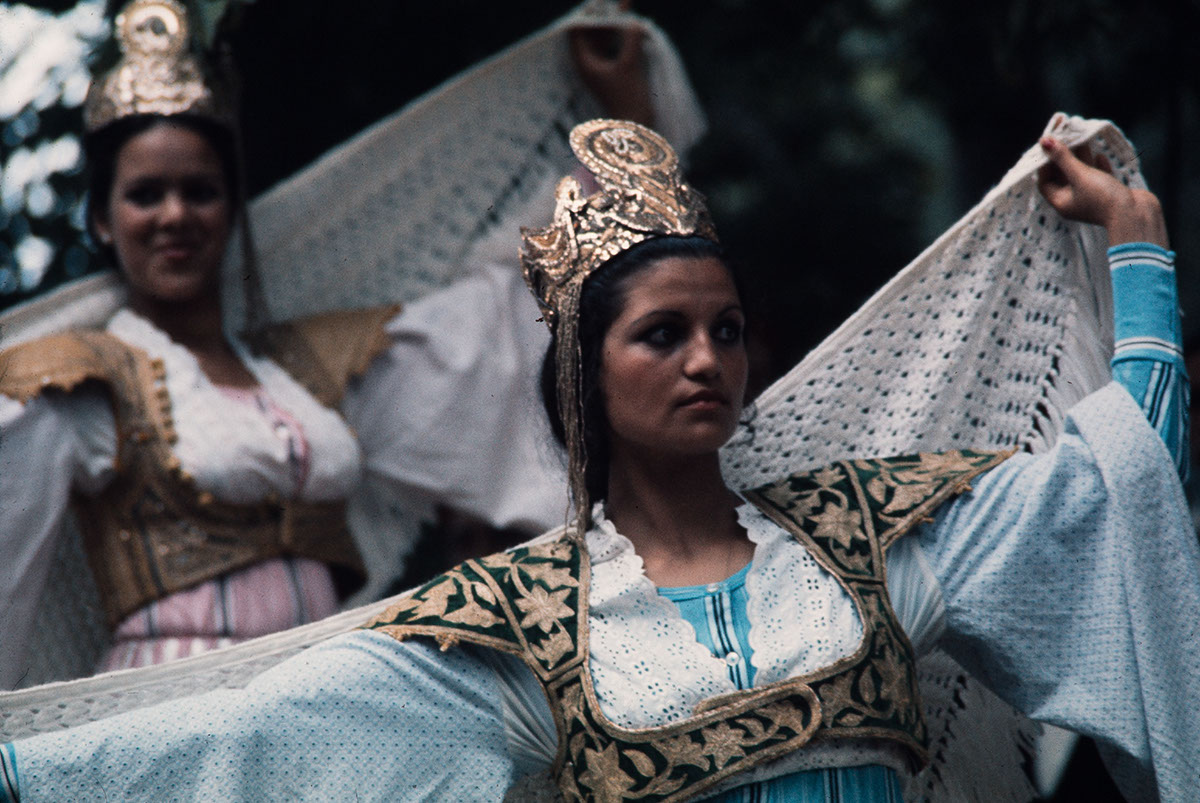
America is a nation of immigrants who brought with them music and dance, crafts and skills from their communities in the Old World. Although little in the way of material possessions may have been carried to their new homes by the immigrants, they carried in their minds and hearts other treasures: stories, ballads, dances, crafts and culinary customs. Some of these expressions have survived intact: in others, the new environment wrought changes in style, content or meaning. In the Old Ways in the New World area of the Festival each presentation was a celebration of shared ways as craftspeople, musicians and dancers from abroad and their American counterparts came together to carry on traditions particularly strong on festive occasions.
Old Ways was concerned with the presentation of elements of group identity. Here the point of focus was the cultural baggage that newcomers - early and late, forced and willing - brought to North America and creatively used in maintaining their unique sense of community. These traditions serve to reinforce, reassure and stabilize people struggling to survive in an unaccustomed environment. The 1974 Festival feature three programs: Scandinavians and Scandinavian Americans, Tunisians and Tunisian Canadians, and Greeks and Greek Americans.
The Scandinavian fiddle tradition was the foundation on which the Scandinavian presentation was based. A traditional fiddlers' procession was one of the highlights of the area daily (July 3-7). The fiddle is played as a solo instrument, in concert with other fiddles or other instruments, and as the accompaniment for folk and old time dancing. Norwegian folksongs and singing games and Swedish immigrant songs. All music and dancing events took place on the Scandinavian stage or in the informal stage in the kaffestova, the Norwegian coffee shop. Finnish, as well as Swedish and Norwegian cooking were demonstrated.
Festival visitors could join Tunisians from the Old and New Worlds in celebrating folk traditions that afford them a common cultural identity. Participants in the Tunisian presentation included thirty musicians and dancers, as well as craftspeople from Tunis and the SahiI, and twenty emigrants from these regions who now live in Montreal, Quebec. The program featured a variety of musical traditions, some associated with specific social activities and some associated with specific regions of Tunisia. Tunisian food added to the festivities. In the Tunisian crafts tent, artisans gave continuous demonstrations of four traditional crafts that thrive in Tunisia: carpet weaving, musical instrument making, metal smithery, and embroidery on heavy canvas.
Musicians, dancers and singers from two culturally distinct Greek communities, the Pontic and the Karpathian, met their American counterparts on the Mall during the second week of the Old Ways in the New World program. Pontic traditions were represented by performers from Northern Greece and the greater New York area. Karpathians from Baltimore, New York City and Vancouver presented their traditions along with relatives and friends from the islands of Karpathos and Rhodes and the port of Athens. The kafeneion, or cafe, is the center of all social activity in the Greek community. Thematic workshops were held at the kafeneion; topics for discussion and demonstration included comparative musical forms, music, song and dance traditions as related to the life cycle, backgammon instruction as well as song and dance workshops. A special feature of this program was the glendi, the community celebration of feasting, music-making and dancing observed at all festive occasions.
The Old Ways in the New World program was coordinated by Shirley Cherkasky, assisted by Carla Borden and Suzanne Cox. An advisory group included Conrad Arensberg, Svatava Pirkova Jakobson, Alan Lomax, and David McAIIester. Major sponsors included the American Revolution Bicentennial Administration, the Governments of Finland, Sweden, and Freece, and - for the Tunisian program - Mr. Habib Bourguiba, Jr., President of the Association des banques, and Mr. Abdellatif Khemakhem, President of the Institut national de productivité.
The program continued in 1975 and during the Bicentennial Festival in 1976.

